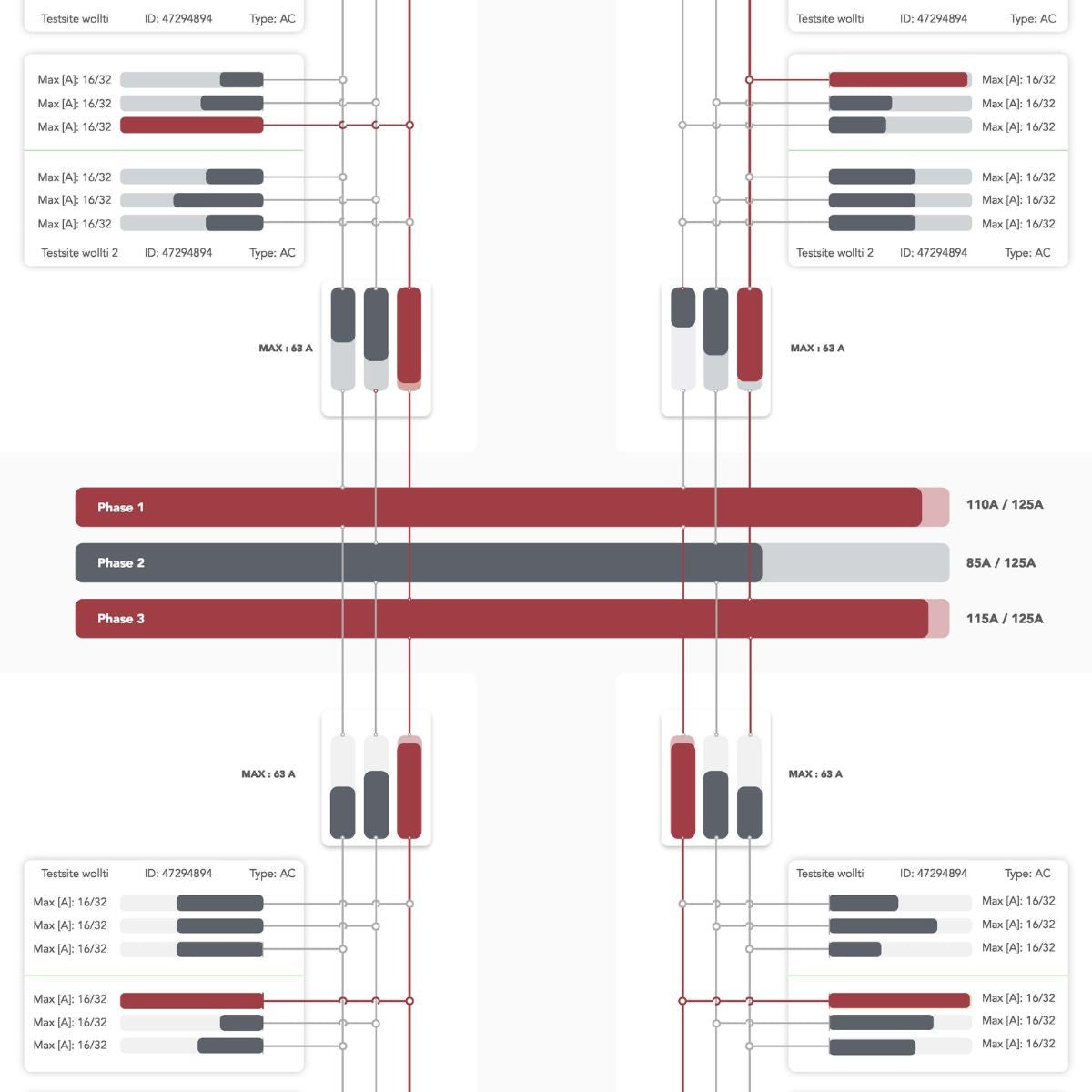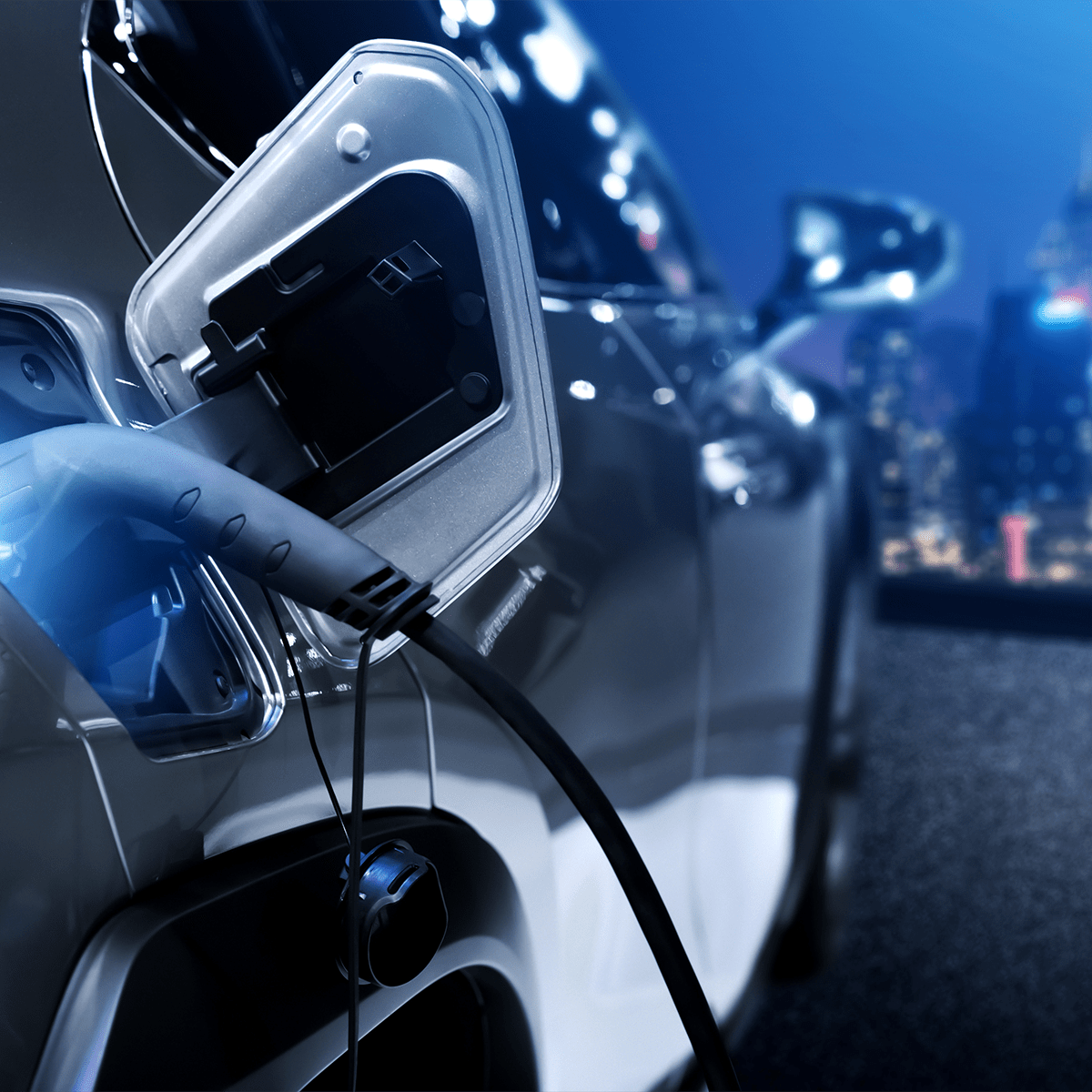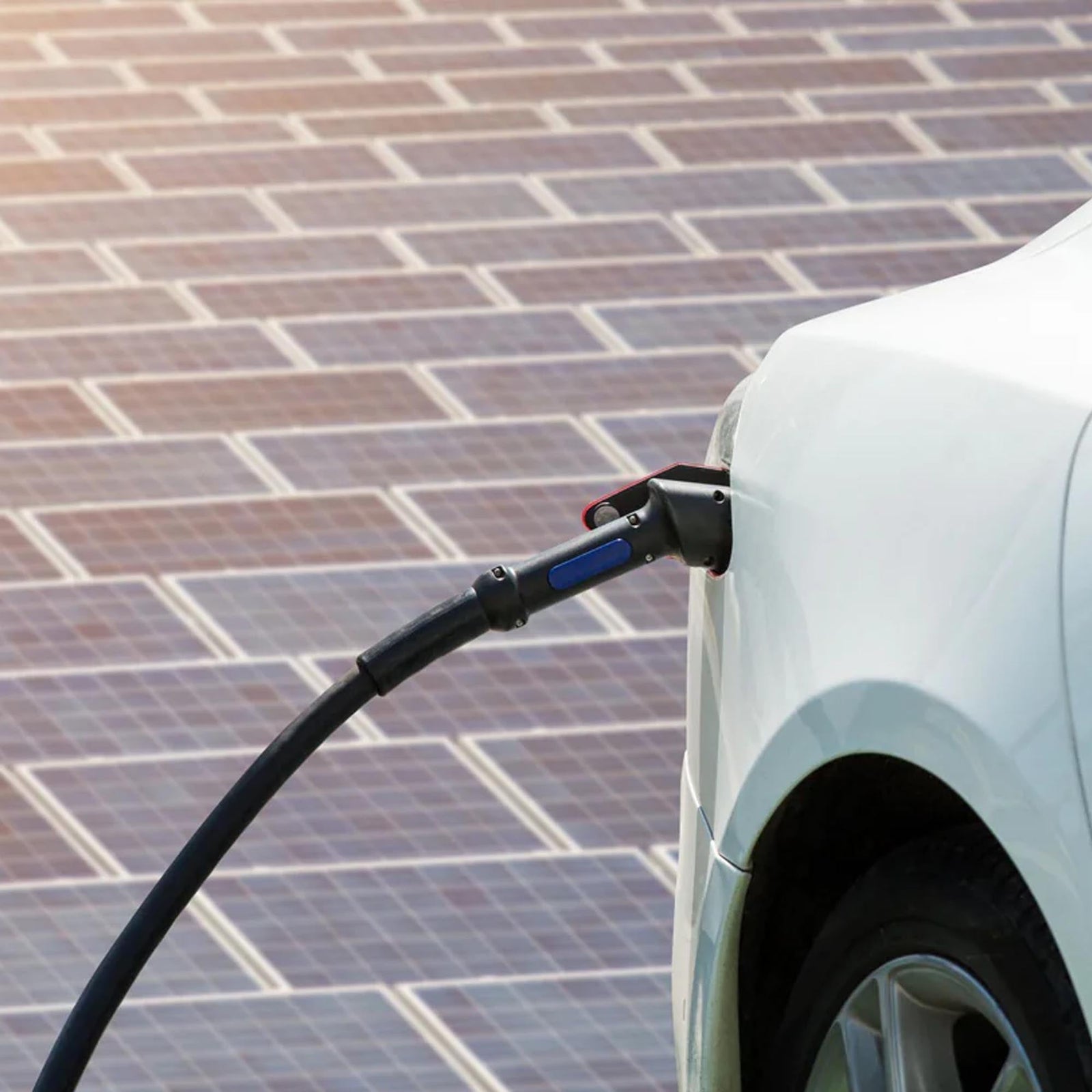With the strong increase in the number of electric cars, more and more housing companies have to think about and in many cases also decide on a future charging solution.
It can be difficult for a housing association to make a decision, as the number of electric cars is usually in the minority. However, many companies already take into account the importance of being ready for charging, which increases the value of the apartment. In practice, the question is very relevant to the owner of an electric car, and many leave out of the buying process completely those apartments where a charging system is not even planned.
ARA's support, which is still currently 35% of the system, is also relevant for the housing association, however, a maximum of 90,000 euros/housing association and 4,000 euros/charging capacity of the charging station. However, even in a large company, this also results in a significant infrastructure upgrade, which is usually also mandatory. Support is currently available when the number of charging points is five or charging infrastructure is available to all residents. In addition, the charging standby power must be at least 11kW. Load management is recommended but not required for support. More information https://www.ara.fi/latausinfra-avustus . The future of the support can only be guessed, but a year ago the support was at most 50%, so our own guess is that the support will slowly decrease. On the other hand, we don't expect it to end quickly or completely in the near future.
We have visited a large number of housing associations and, basically, in all projects, in addition to the infrastructure, the same things come to the fore, i.e. organizing invoicing, load management and equality of shareholders. It is significant that the best solution is almost always site-specific. There are significant differences in the best solutions depending on the object. After all, the goal is the best possible option in terms of costs in the long term, sufficiently good charging power, easy invoicing and the fulfillment of the building society's other goals.
There are usually two options for organizing billing, a cloud-based management system and a local meter (or connection to your own electricity connection). The meter always has to be read at regular intervals, and this also causes big costs and trouble in some places.
In general, a cloud-based system is also necessary in the long term when using your own subscription due to load management. Even if the charging devices could be connected to their own electricity meter and separate invoicing is not needed, sooner or later the capacity of the housing association's main connection will come up and then load management is mandatory. It should be noted that the charging system can function perfectly even for years without load management. At some point, however, the number of chargers at peak power exceeds the capacity of the entire property, and the situation may then become very difficult. In practice, the entire system may need to be renewed and the old equipment will become practically unusable. If the supplier of the charging system has not been sufficiently knowledgeable or the supplier has not thought about the issue in such a long term, there will often be a contentious situation ahead. One of the most significant advantages of the Woltti system compared to competing systems is multi-level load management, which can also be based on independent electricity measurement at various critical points. There can be an unlimited number of measurement points and the necessary algorithm can also be defined exactly according to the object.
Load management is necessary in almost all building societies, but a solution can almost always be found. If the capacity is tight, however, it is generally better to build the capacity of the charging stations into 3 phases. Then the best possible power is always available. The advantage of cloud-based load management is easy modifiability, e.g. installing new drives is easy and does not require reconfiguration of the entire system. The use of slow charging (1-phase, max 3.7kW, "heating pole charging") is justified in some locations, especially if the renewal of the infrastructure is planned in any case in the future and a fast and cost-effective solution is desired, and the cabling enables at least reasonable power. However, our view is that a fully electric car requires something other than 1.8kW! You can test this yourself in winter, when heating the battery also requires energy and more energy is consumed when driving.
The equality of shareholders is also sometimes a difficult issue, when necessarily not all residents have the same opportunities for charging (e.g. a limited number of parking spaces or garages). In practice, however, the Electric car user usually accepts that charging availability is also paid for in some way. After all, driving with electricity is still affordable at the current prices of gasoline and electricity, if there are no extra middlemen in the price of electricity. As a practical solution, we recommend keeping the charging station owned by the housing association and charging the user monthly (covering the cost within e.g. 10 years). Electricity pricing should be set so that it covers the housing association's cost of electricity. In this way, many challenges are avoided, e.g. regarding the articles of association. In these matters, the housing association naturally always thinks about the matter from its own point of view in the best possible way, taking into account the interests of its own shareholders.
Projects should always be prepared carefully, the number of skilled designers is growing all the time and there are more and more options in charging systems. The current charging stations are smart and the installation is clear. For new stations, only electricity and internet are usually required, no separate load management centers are needed as part of new charging stations. As for the system, we recommend an OCPP-compatible system, then you are not completely tied to one supplier and usually new services are readily available for charging stations (when the cars only support them). With regard to OCPP-compatible charging stations, the supply is growing all the time, there are significant differences between different stations, and it is worth considering the different options carefully and consulting a competent system supplier. Updating charging stations is also recommended, the industry is in the midst of significant development. Even cars are updated several times a year, without updating the charging station at least the new services will not be used. Updating is also possible locally, but the cloud service offers an additional advantage here.
Important new services of the future include e.g. Plug-and-Charge (the car recognizes itself, no more RFID cards are needed), VTG (V2G, Vehicle-To-Grid, use of the car's battery as energy storage) and the use of solar electricity and other renewable energy sources for charging. It is also possible to make use of electricity price fluctuations in the timing of charging, and this can lead to significant financial savings. The Woltti service is a pioneer in these areas as well.
More about the future for these and OCPP in the next blog.





Leave a comment (all fields required)